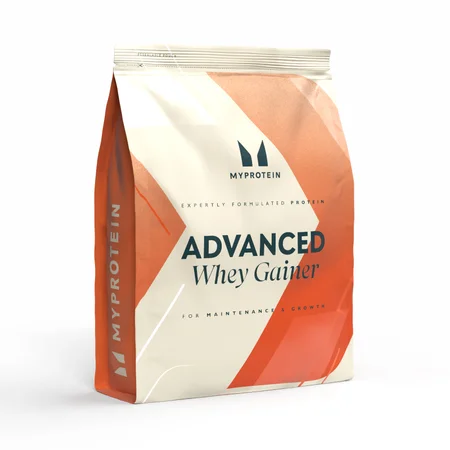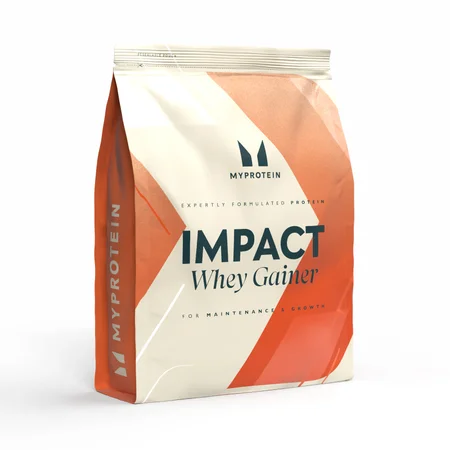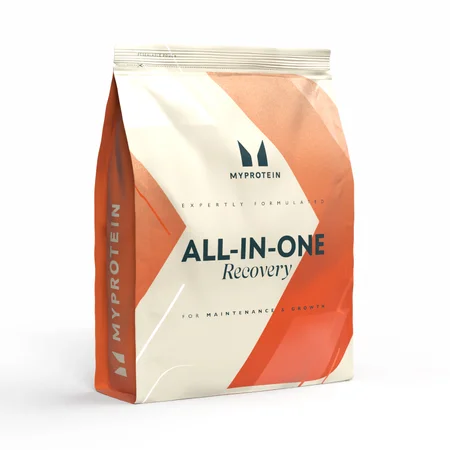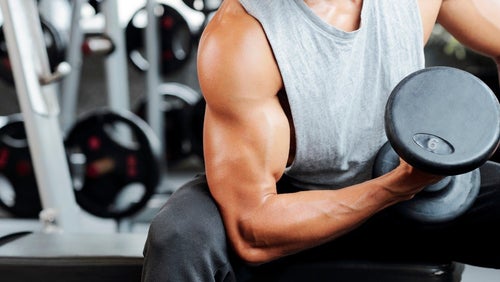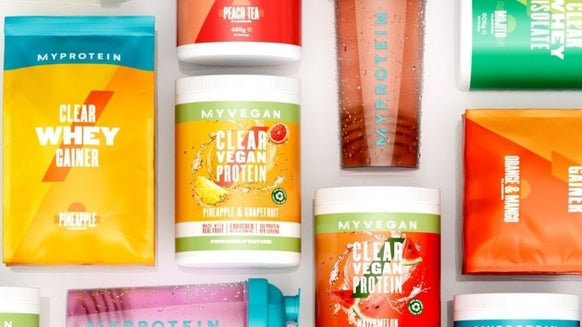Algorithm To Predict Best Way To Build Muscle Based On Individual Physiology
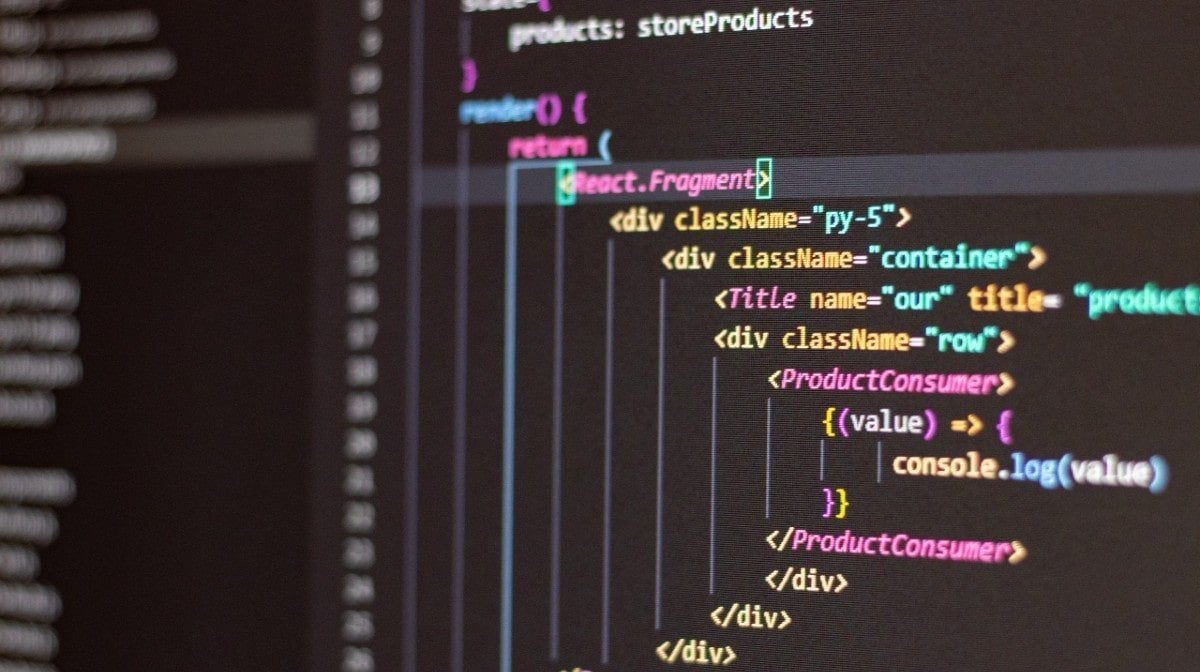
Scientists at the University of Cambridge have been completing research into the ways that muscle is built. The study is based around how much a specific amount of exertion will cause a muscle to grow and how long it will take, depending on the person. The researchers then hope to publish a model on how muscle can be built, specifically on a person-by-person basis.

A muscle compound called ‘titin’ was revealed by the study as responsible for creating chemical signals during exercise which stimulate muscles – helping them to grow.
Initial findings suggest a specific weight at which you should be doing resistance training – which is specific for each person and is dependent on certain physiological factors.
Muscles can only be near the maximum load for a short period of time and during movement, according to researchers. The weight then activates the cell signaling pathway that leads to the synthesis of new muscle proteins, but if the weight is below a certain level, then the signaling reportedly won’t take place – therefore resulting in no muscle growth.
However, the value of this critical load is allegedly likely to vary depending on the physiology of the person, and the exercise undertaken.
Muscle Growth

The Algorithm
The model was validated using past long-term studies on muscle growth.
"Our model offers a physiological basis for the idea that muscle growth mainly occurs at 70% of the maximum load, which is the idea behind resistance training,"1
Take Home Message
Scientists are well on their way to creating a model that can tell anyone their critical load, with regards to the weight that they should be completing resistance training exercises with. Research is still being undertaken to gain a more in-depth understanding of how muscle growth works for everyone.
READ MORE HERE:
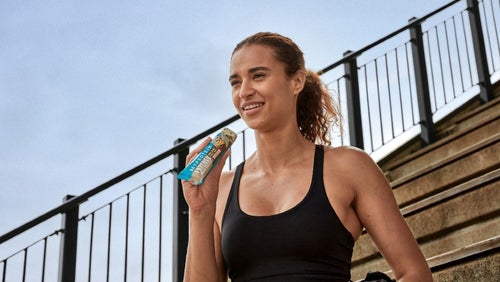
10 Quick Post-Workout Snacks To Fuel Your Muscles
Prevent hunger-fuelled rampages with these on-the-go snacks.
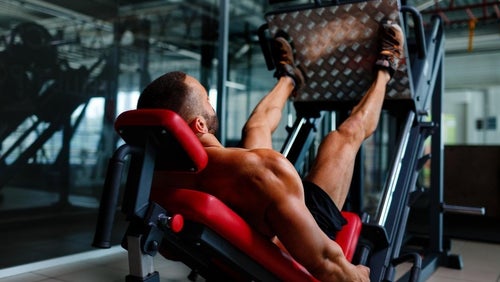
5 Ways To Reduce Body Fat While Building Muscle
How you can build that lean muscle.

